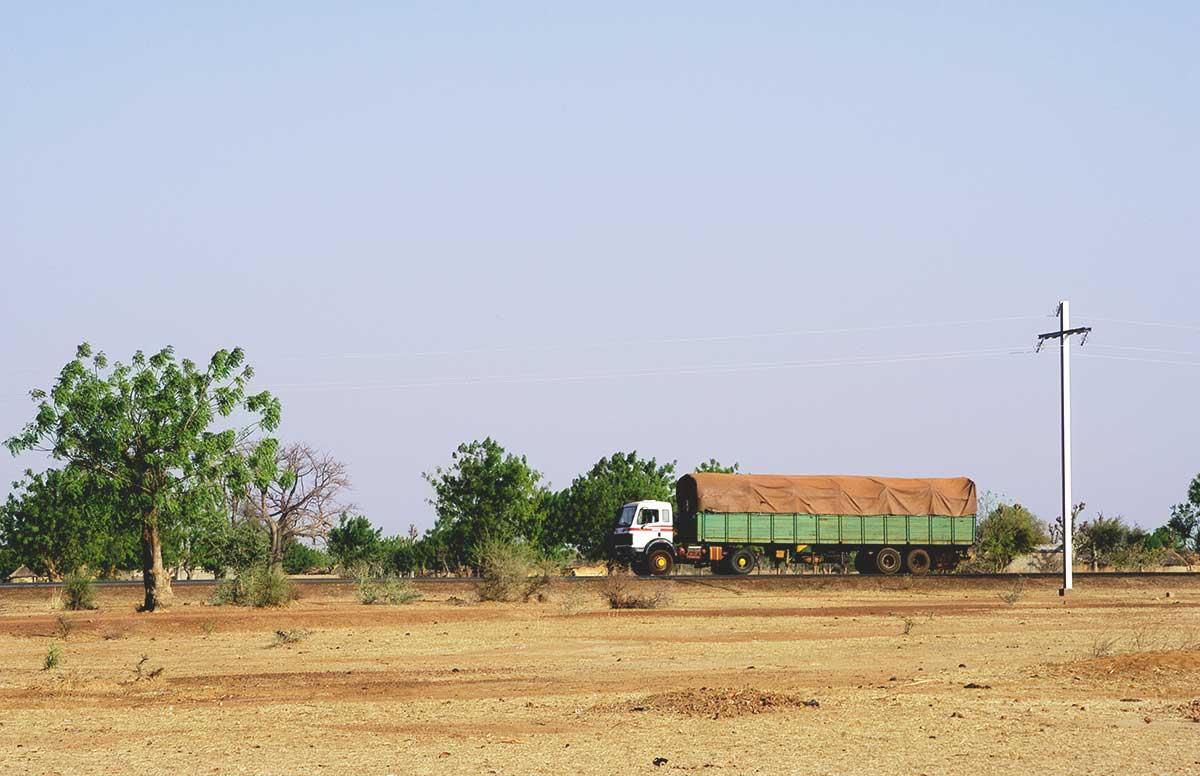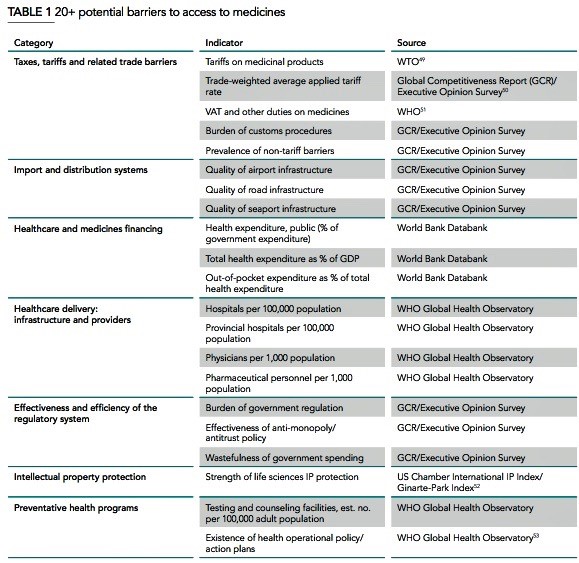The World Health Organization (WHO) and the Indian government have invited nearly 150 anti-innovation activists to New Delhi this week to repeat the false claim that patents prevent access to medicines.
Getting valuable treatments to patients who need them in India and across the developing world is an urgent challenge. The WHO estimates that up to 50 percent of people in the poorest regions of Africa and Asia do not have access to even the most basic drugs.
Sadly, this week’s “1st World Conference on Access to Medical Products and International Laws for Trade and Health, in the Context of the 2030 Agenda for Sustainable Development” is unlikely to offer solutions.
Far from a barrier, intellectual property protections actually facilitate access to today’s medicines and drive discovery of tomorrow’s new treatments and cures. Nearly all the drugs the WHO deems “essential” are already off-patent, but they remain out of reach for millions.
A new report by the Pugatch Consilium helps explain why. Based on an analysis of 21 factors that could limit availability of essential medicines in low and middle-income countries, the authors found no correlation between intellectual property and access to medicines.
Instead, they discovered that the most significant barriers are:
- Inadequate national health care financing, which was found to have the strongest, statistically significant impact on essential medicine availability, and
- Additional supply chain costs, including tariffs and taxes on medicines, which also demonstrated a particularly strong impact on essential medicine availability.
The report found that a lack of a skilled health care workforce, as well as administrative costs and regulatory barriers, were other notable barriers.
This new research fills critical gaps and gives policymakers a better picture of where resources can be allocated most efficiently to promote wider access to essential medicines—insight that may be especially valuable in settings where resources are limited and need is acute.
While there is no “silver bullet” for improving patient access to medicines and each country has unique challenges and priorities, the analysis should inform more effective solutions to one of the most persistent and complex challenges to improving health for people around the world.
To learn more about the impact of specific barriers on access to medicines, find the Pugatch Consilium’s “Unlocking Global Health” study here.



